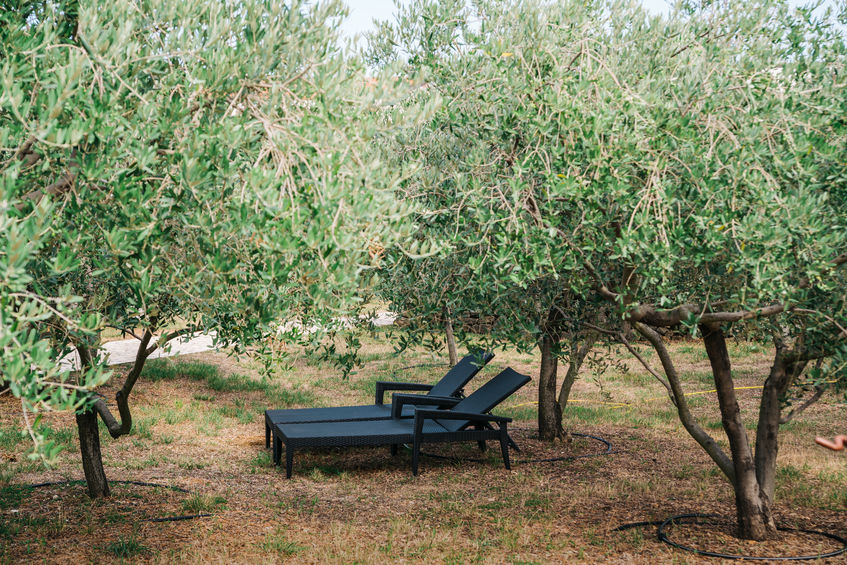Olive tree
The Olive Tree: the Leonardo Da Vinci of Plants
The olive tree has been a part of the history of Mediterranean medicine and herbal medicine for thousands of years. Revalued today throughout the world, it is the most important plant in the Mediterranean diet.
Considered a ‘divine’ tree since ancient times, the olive tree is particularly known for its longevity and vitality. Even today we can see how, without any care or treatment, it can live for thousands of years; removed and transplanted, it can take root anywhere, even on a small patch of earth. In its lymphs flow substances that are “unique in nature”, such as Oleuropein and Hydroxytyrosol, which protect it, preserve it and keep it extraordinarily vital. In this way, it is an archetypal Mediterranean plant, unique and special.
Many scientific studies and experiments have been carried out on the olive tree: they represent a rich source of researches aimed at discovering the substances and elements that allow this plant to live for thousands of years, to resist all environmental conditions, to remain vital and to be at the same time a rich source of beneficial effects for the human health.
The value of phytopreparations based on olive leaf extracts for preventive and salutogenic use is confirmed by these studies taken from the authoritative source “International Journal of Molecular Science”. The Italian Ministry of Health itself recognises and acknowledges the beneficial effects of olive leaf extracts, emphasising in particular their antioxidant value, their effect on lipid and carbohydrate metabolism, the regulation of blood pressure, the improvement of blood circulation and their purifying effect.
Olive leaf properties
These are the details of the peculiar substances of olive leaves and their properties.
Oleuropein
This is the most frequently represented molecule; it is a bitter glycoside with an antioxidant effect even greater than that of vitamins C and E. This action is enhanced by the synergy with phlovonoids and phenols.
Hydroxytyrosol
This is a natural polyphenol with a very strong antioxidant action, involved in the inhibition of oxidation processes linked to the cellular changes typical of degenerative diseases and ageing (arthrosis, cardiovascular diseases, atherosclerosis, dementia). Hydroxytyrosol activates the formation of Glutanone, a strong antioxidant agent produced by the organism’s own cells.
Tyrosol
It complements the action of the major antioxidants; it improves the metabolic activities of the main organs (liver, muscles, heart), supports the mental functions, acting as an anti-stress and anti-depressive agent. In synergy with the other phenols, it has a regulatory effect on body weight, with a slimming effect in cases of overweight and obesity, thanks to the stimulation of cellular enzymes that accelerate the mobilisation of fats from storage tissues, transforming them into lipids that are easy to eliminate, producing energy and reducing the compulsive desire for food.
Elenolic acid
An antioxidant that improves blood circulation. In vitro it has been shown to be a very potent antibacterial and antiviral with a beneficial effect on the prevention and rapid resolution of infectious diseases.
Rutin
Also known as ‘vitamin P’, it has a strong antioxidant effect that helps prevent infectious diseases from the simplest (flu) to major viral infections. It has a significant beneficial effect on microcirculation (protects against broken capillaries), makes the blood more fluid and inhibits the harmful effects of obesity, cholesterol and elevated glycemia. It also acts on the lymphatic circulation in the lower limbs by preventing fluid retention. It has an antihistamine effect.



